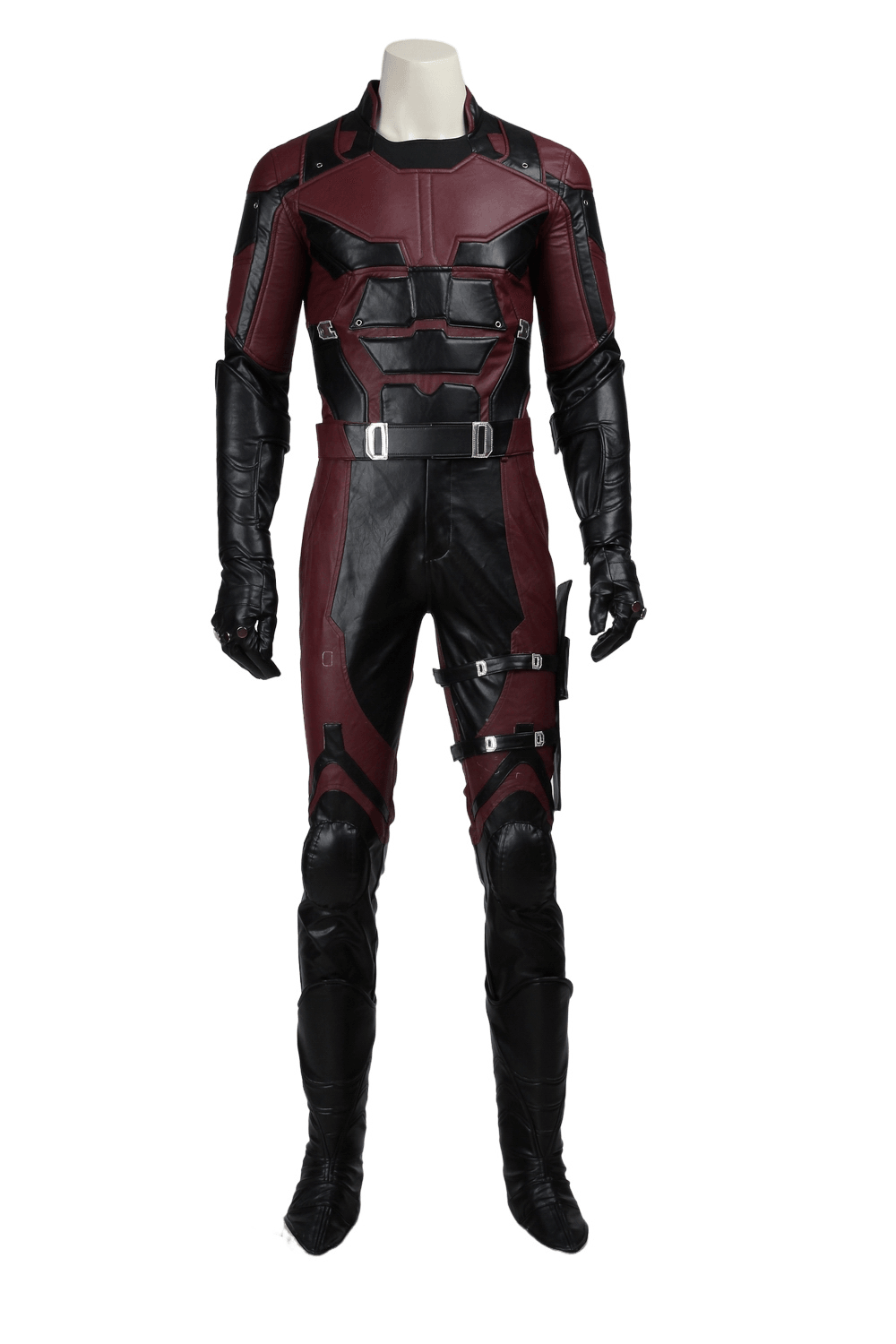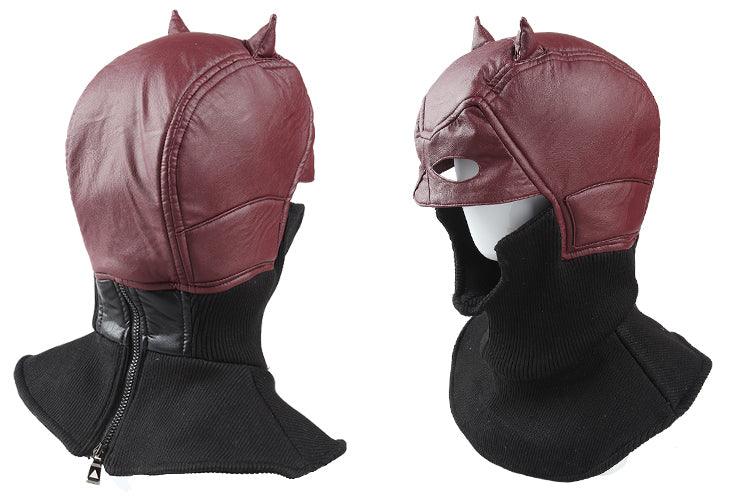Creating a Power Armor Cosplay: A Comprehensive Guide
Power armor cosplay, particularly from the Fallout series, is an impressive and ambitious project that can yield stunning results. This guide will walk you through the process of creating your own power armor cosplay, from planning to final touches. While we'll focus on Fallout-style power armor, many of these techniques can be applied to other types of armor cosplay as well.
Planning and Preparation
Before diving into construction, it's crucial to plan your project carefully:
-
Choose your design: Decide which specific power armor variant you want to create (e.g., T-45, T-51, T-60, X-01). Research reference images and 3D models to understand the details.
-
Scale and measurements: Determine the scale of your armor based on your body size. Take accurate measurements of yourself to ensure the final product fits properly.
-
Materials selection: Choose your primary building materials. Common options include:
-
EVA foam
-
Cardboard
-
3D printed parts
-
Fiberglass
-
MDF (Medium-Density Fiberboard)
-
-
Tools and supplies: Gather necessary tools such as:
-
Heat gun
-
Craft knife or rotary tool
-
Sandpaper (various grits)
-
Contact cement or hot glue
-
Primers and paints
-
Safety equipment (respirator, gloves, eye protection)
-
-
Create patterns: Develop or acquire patterns for each armor piece. You can find templates online, create your own using pepakura software, or draft them by hand.
Building the Base Structure
The foundation of your power armor will determine its overall shape and wearability:
-
Understructure: Consider using an ALICE pack frame or a custom-built PVC pipe frame to support the weight and distribute it evenly.
-
Mobility: For added height and the characteristic power armor stance, consider incorporating drywall stilts or platform boots into your design.
-
Chest and Back Plates: These large pieces form the core of your armor:
-
For EVA foam: Cut out the basic shapes and heat-form them to create curves.
-
For fiberglass: Create a mold using clay or foam, then lay fiberglass over it.
-
For 3D printing: Slice the model into printable sections and assemble after printing.
-
-
Limb Sections: Create upper and lower arm pieces, as well as thigh and shin guards:
-
Ensure these pieces allow for movement and comfort.
-
Consider using flexible materials or incorporating joints for better articulation.
-
Detailing and Assembly
With the base structure complete, it's time to add details and assemble the armor:
-
Surface detailing: Add panel lines, rivets, and other surface details:
-
For foam: Use a wood burner or Dremel tool to create indentations.
-
For 3D printed parts: These details can be included in the original model.
-
For fiberglass: Add details with clay or putty before making the mold.
-
-
Electronics: If incorporating lights or other electronic elements, plan their placement and wiring now.
-
Assembly: Connect the various armor pieces:
-
Use strong adhesives like contact cement for foam parts.
-
For 3D printed or fiberglass pieces, consider using bolts or strong epoxy.
-
-
Fit adjustments: Try on the assembled armor and make necessary adjustments for comfort and mobility.
Painting and Finishing
The paint job can make or break your cosplay, so take your time with this step:
-
Surface preparation:
-
For foam: Seal with Plasti Dip or a similar flexible sealant.
-
For 3D printed parts: Sand and apply filler primer to smooth layer lines.
-
For fiberglass: Sand smooth and apply automotive primer.
-
-
Base coat: Apply a uniform base color across all pieces.
-
Detail painting: Add different metal tones, rust effects, and weathering:
-
Use dry brushing techniques for highlighting edges.
-
Apply washes to create depth in recessed areas.
-
Consider using airbrush techniques for smooth color transitions.
-
-
Weathering: Add battle damage, rust, and dirt effects for a lived-in look:
-
Use sponges or stippling techniques for rust and chipped paint.
-
Apply dark washes in recesses to simulate grime buildup.
-
-
Clear coat: Protect your paint job with a clear sealant, choosing matte or glossy finish as appropriate for your design.
Helmet Construction
The helmet is often the centerpiece of power armor cosplay and deserves special attention:
-
Base structure: Create the main helmet shape using your chosen material:
-
For foam: Build up layers and heat-form to create the rounded shape.
-
For 3D printing: Print in sections and assemble.
-
For fiberglass: Create a mold from a sculpted form and lay fiberglass.
-
-
Visor: Cut the visor shape from tinted acrylic or use vacuum-formed plastic.
-
Details: Add vents, filters, and other surface details.
-
Electronics: Consider adding LED lights for the eyes or other areas.
-
Padding: Include foam padding inside for comfort and a secure fit.
-
Painting: Follow the same painting process as the body, ensuring consistency in color and weathering.
Additional Features
To take your power armor to the next level, consider these advanced features:
-
Articulated hands: Create gauntlets with movable fingers for added realism.
-
Sound effects: Incorporate speakers to play power armor sounds from the games.
-
Cooling system: For comfort during long wear, add small fans for ventilation.
-
Battle damage: Create interchangeable armor plates showing different levels of damage.
Tips for Wearing and Displaying
-
Mobility: Practice moving in your armor before debuting it at an event.
-
Hydration: Incorporate a water system for long wearing sessions.
-
Assistance: Have a "handler" to help you navigate crowded spaces and assist with any needs while in costume.
-
Transport: Design your armor to be easily disassembled for transportation.
-
Display: When not wearing, consider creating a stand to display your power armor.
Where to Find Supplies and Resources
While building your own power armor is rewarding, some cosplayers prefer to start with pre-made pieces or full costumes. CrazeCosplay.com offers a variety of Fallout-themed cosplay items, including Vault suits, boots, and accessories that can complement your custom-built power armor or serve as a starting point for modifications.
For those building from scratch, online communities like The RPF (Replica Prop Forum) are invaluable resources. Makers like Thorssoli have shared detailed build logs of their T-60 Power Armor projects, offering insights into advanced techniques like CNC machining and fiberglass molding.
YouTube tutorials, such as the one by ReProps, provide visual guides to building power armor using accessible materials like cardboard and spackle. For those interested in EVA foam construction, Maker Faire has featured impressive full-size T-60 Power Armor builds that demonstrate the versatility of this material.
Conclusion
Creating a power armor cosplay is a challenging but incredibly rewarding project. It requires patience, creativity, and attention to detail. By following this guide and leveraging resources from the cosplay community, you can bring your own piece of the Fallout universe to life. Remember to prioritize safety, both in the construction process and when wearing your completed armor. With dedication and the right approach, you'll soon be turning heads at conventions and cosplay events with your impressive power armor cosplay.
Whether you choose to build from scratch or start with pre-made elements from suppliers like CrazeCosplay.com, the key is to infuse your project with personal creativity and craftsmanship. Each power armor cosplay is unique, reflecting the maker's skills, interpretation of the source material, and individual flair. Embrace the process, learn from challenges, and most importantly, enjoy bringing this iconic piece of gaming culture into the real world.







